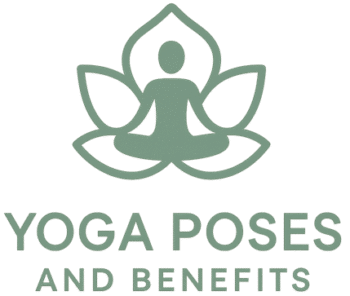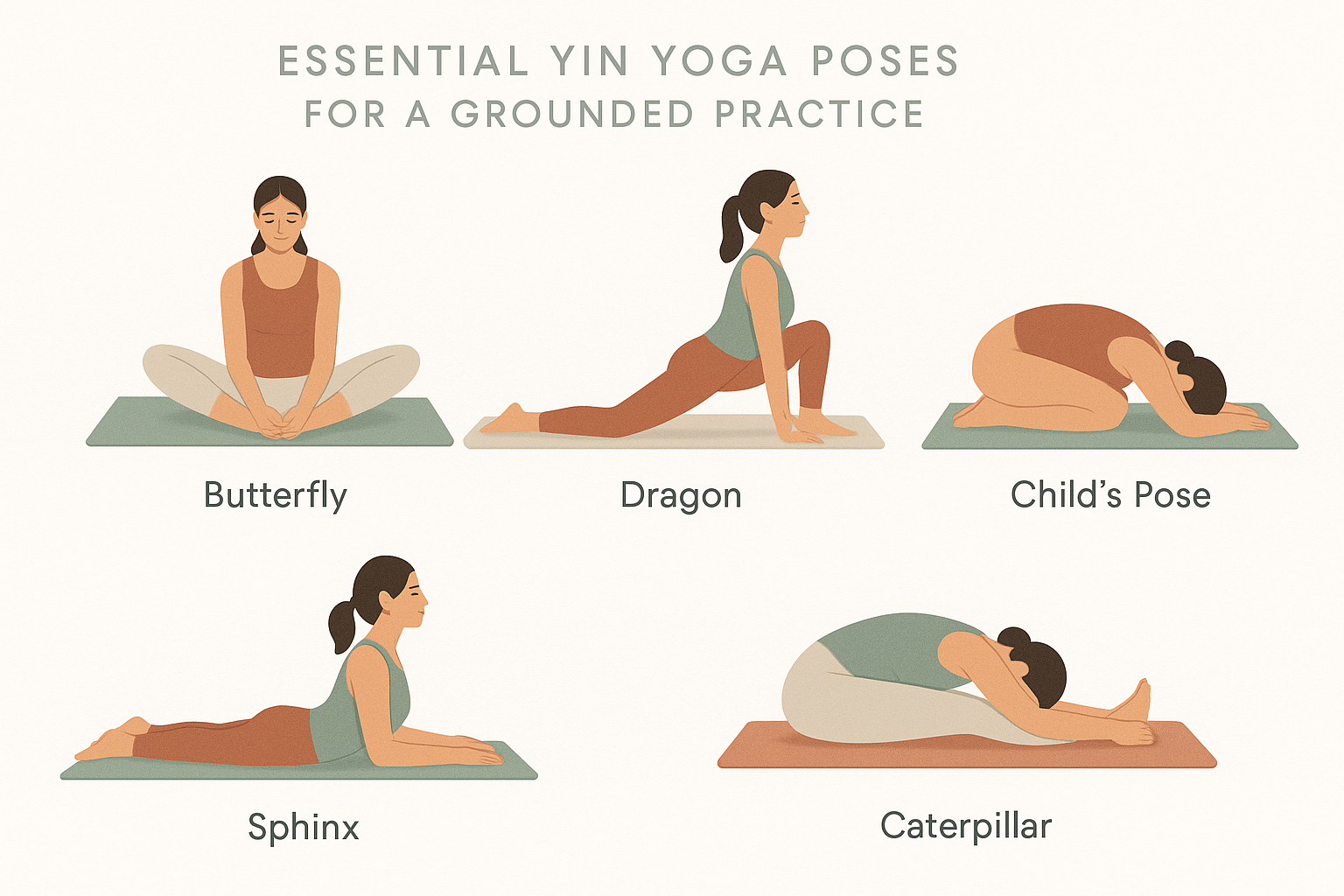Understanding the Foundations of Yin Yoga
Yin Yoga is a gentle yet transformative practice that emphasizes stillness, patience, and surrender. Unlike dynamic styles such as Vinyasa or Ashtanga that generate heat through movement, Yin targets the fascia, ligaments, joints, and deep connective tissues through long-held postures. This slow, mindful approach nourishes the parasympathetic nervous system, reduces stress, and cultivates inner calm.
Rooted in principles taught by pioneers like Paul Grilley and Sarah Powers, Yin Yoga also draws on concepts from Traditional Chinese Medicine, such as stimulating energy flow through the meridians. The practice offers balance to the fast pace of modern life, making it accessible to both beginners and seasoned practitioners seeking relaxation and introspection.
The Unique Principles of Yin Yoga
At the heart of Yin Yoga are three guiding principles:
- Find Your Edge – Explore sensation without forcing the body.
- Be Still – Settle into the posture and minimize muscular effort.
- Hold for Time – Remain in each pose for 2–5 minutes or longer to allow tissues to release.
This framework not only promotes physical benefits like improved flexibility and joint health but also enhances emotional resilience and mindfulness. Holding poses for extended periods creates space for contemplation, making Yin Yoga as much a meditative practice as it is physical.
The Role of Breath and Mindfulness
Breath awareness is the anchor of a Yin Yoga sequence. Slow, diaphragmatic breathing engages the vagus nerve, fostering relaxation and emotional balance. Mindful breathing supports the gentle softening of tissues while reinforcing a state of presence.
Pairing Yin with mindfulness meditation deepens the experience. A simple body scan, awareness of breath, or silent mantra can help practitioners stay present during long holds. This integration turns discomfort into an opportunity for observation, acceptance, and release—key aspects of Yin’s restorative power.
Designing a Personalized Yin Yoga Sequence
A well-crafted Yin Yoga sequence adapts to your body’s needs, energy levels, and personal goals. Props such as bolsters, yoga blocks, straps, and blankets enhance comfort and make the practice accessible to all.

Key Postures for Deep Relaxation
Some foundational Yin Yoga poses include:
- Dragonfly (Upavistha Konasana) – Wide-legged forward fold that stretches hamstrings and inner thighs.
- Caterpillar (Paschimottanasana) – Forward fold that lengthens the spine and soothes the nervous system.
- Sphinx Pose – Gentle backbend that opens the chest and strengthens the spine.
- Child’s Pose (Balasana, Yin variation) – Calming posture that relieves lower back tension and fosters introspection.
- Supported Bridge – Opens the hips and chest while resting on a block or bolster.
- Reclined Twist – Promotes spinal mobility and relaxation.
Sequencing should move gradually—starting with grounding poses, moving into deeper hip or spine openers, and ending with restorative shapes before Savasana.
Creating the Ideal Home Environment
The setting plays an essential role in Yin Yoga’s restorative effect. Choose a quiet, dedicated space free from distractions. A quality yoga mat and supportive props help prevent strain during long holds.
Enhance relaxation with:
- Soft lighting (candles, Himalayan salt lamps).
- Calming scents (lavender, sandalwood).
- Gentle music or ambient sounds.
Maintaining a warm, comfortable temperature encourages tissues to release. For added grounding, create a small ritual space with meaningful objects such as crystals, journals, or intention cards.
Deepening Your Yin Yoga Journey
To continue evolving your practice, explore resources like Paul Grilley’s Yin Yoga: Principles and Practice or Sarah Powers’ Insight Yoga. Online platforms such as Yoga International or Glo offer guided classes and workshops.
Community engagement—whether through local studios, online forums, or global retreats—fosters accountability and inspiration. Working with a certified Yin Yoga teacher provides personalized adjustments and deeper anatomical insights.
Complement your practice with holistic tools like Yoga Nidra, mindfulness podcasts, or meditation apps. Over time, these practices strengthen self-awareness, emotional balance, and resilience both on and off the mat.
A thoughtfully designed Yin Yoga sequence nurtures deep relaxation, joint health, and inner stillness. By combining long-held postures, mindful breathing, and a supportive environment, you create space for healing and transformation that extends well beyond the mat.
Which yoga pose is known for deep relaxation?
The yoga pose most known for deep relaxation is Savasana, or Corpse Pose. Commonly featured at the end of a yin yoga sequence for deep relaxation, it promotes deep rest and stress reduction. Savasana allows the body to fully release tension, aiding nervous system recovery and mindfulness practice.
What should you not do in yin yoga?
In yin yoga, you should not force your body into deep stretches or push through pain, as the practice emphasizes stillness and gentle stress. Avoid engaging muscles actively, since yin targets connective tissues. When following a yin yoga sequence for deep relaxation, maintain long holds using props like bolsters or blocks to support safe, passive poses.
Which yoga pose is best for relieving stress and calming the mind?
Child’s Pose (Balasana) is one of the best yoga poses for relieving stress and calming the mind. Commonly included in a yin yoga sequence for deep relaxation, it helps activate the parasympathetic nervous system, reduce cortisol levels, and promote a sense of mental calm and emotional balance.

